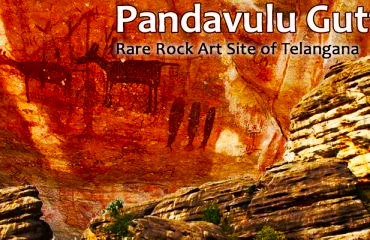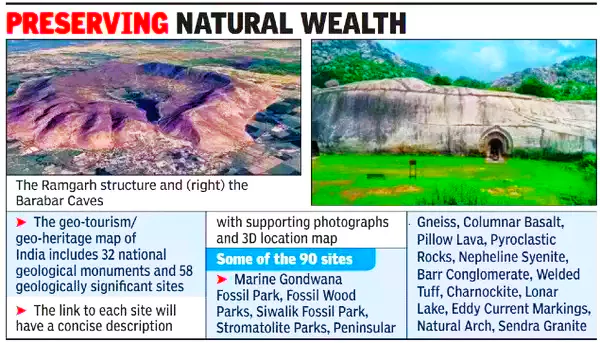![]() 20 Mar 2024
20 Mar 2024
Pandavula Gutta was recently officially recognised as Telangana’s sole geo-heritage site.

 Location: Ramgarh Village, Mangrol Tehsil, Baran district, Rajasthan
Location: Ramgarh Village, Mangrol Tehsil, Baran district, Rajasthan
Geological Survey of India (GSI)
|
|---|
| Must Read | |
| NCERT Notes For UPSC | UPSC Daily Current Affairs |
| UPSC Blogs | UPSC Daily Editorials |
| Daily Current Affairs Quiz | Daily Main Answer Writing |
| UPSC Mains Previous Year Papers | UPSC Test Series 2024 |
<div class="new-fform">
</div>